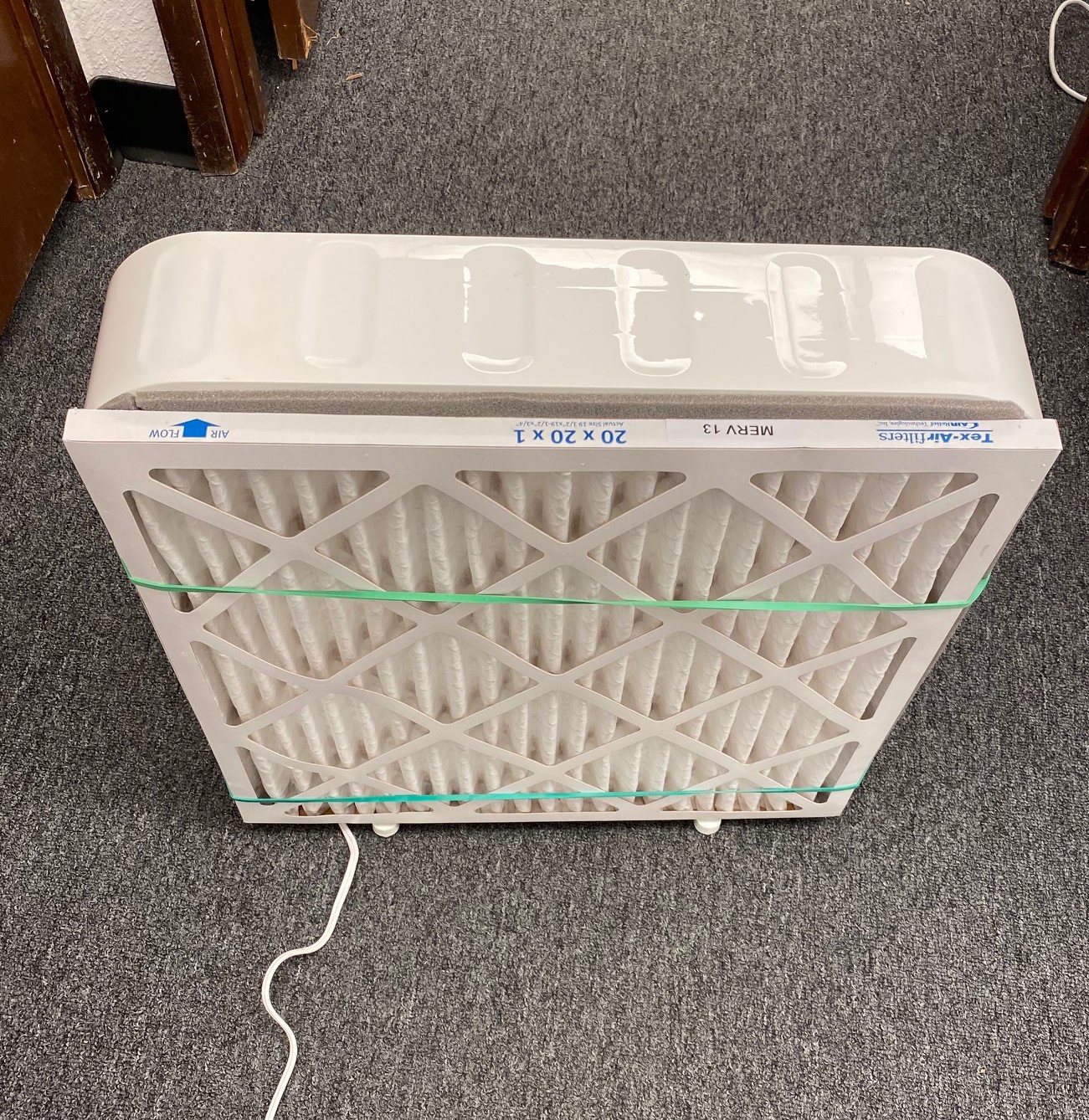I heard that Intel was installing their IHS-processor caps with an Indium solder again. The guy at Silicon Lottery told me he still de-lids them for people, or that the Conductonaut Grizzly paste still improves the heat-dissipation performance by 5C.
I assume you've over-clocked the 10850K? Did you use the AVX Negative Offset feature in the BIOS to downclock for AVX software? I'd been running my Skylake at clocks that didn't need it. And I can see the point of that feature. I'm putting the old 6700K on another spare motherboard, so if I tweak it again, it should be better than before.
I can see how you could build an evaporative cooler setup or use a thermo-electric chiller to get the temperatures within 10C of room ambient. But it's too much "Rube Goldberg" for an old man like me to manage.
Just an afterthought. I can flip to the other side of the argument to favor an AiO as opposed to either heatpipes or a custom-loop, and for this reason: If you eliminate the nickel-plated copper IHS of the processor itself, it would make a BIG difference.
To do that, you'd need to de-lid the processor or have Silly-Lots do it. You'd then put some liquid tape on the PCB around the processor die and install a (nearly-weightless) waterblock with the Grizzly Conductonaut. Of course, you'd pay close attention to how you torque down the screws for the water-block. You might even consider using some sort of compressible shim around the processor die -- I was thinking foam-core art-board, but I think someone who did a lot of de-lidding experiments used cardboard.
Folks like VirtualLarry have been telling me I could be running currrent-gen octo/deca-core processors like yours. But the games -- simulators -- I like to play aren't the latest and greatest, and four cores seems to be plenty. And -- it's true -- even with my four-year-old gen-7's, over-clocking almost seems needless. It's just become a habit for me. People tell me I have an addictive personality . . .

PS Just adding another thought about prospects for cooling a bare die. I think you could probably mount a smaller heatpipe cooler on a bare die -- with care. I'd look into the idea of shimming it, just as ThermalRight bundles a plastic load plate for the Grand Macho for a conventional installation with the processor cap.
But I wouldn't put a fan of any kind on that cooler. You can put an accordion duct between the cooler exhaust side and the case exhaust fan. If you add a pusher fan, there would be some way to hang it in front of the cooler with some sort of bracket that attaches to the case or to the drive cage in front of the cooler. I've got all sorts of hardware odds and ends that probably include just the type of bracket called for. There wouldn't be any weight on the cooler that way. I'd be interested in how much of an improvement with such a mid-range cooler you would get with Grizzly Conductonaut on a bare die for something like an i9-10***K processor . . .




